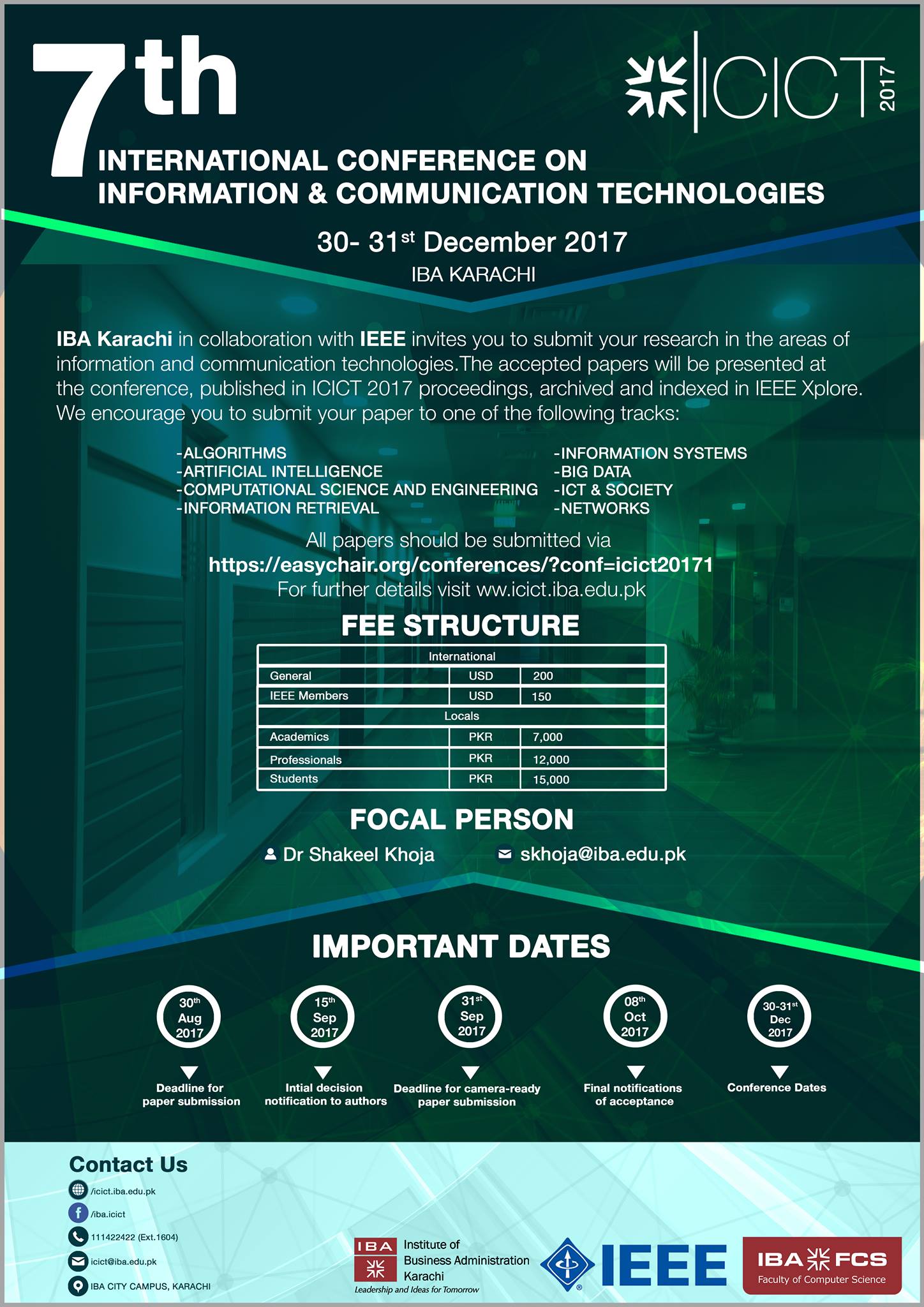Technical Papers Parallel Session-IV: Short-term stochastic load forecasting using autoregressive integrated moving average models and Hidden Markov Model
Abstract/Description
Load forecasting, particularly short-term load forecasting (STLF) plays a vital role in the economy streaming and tracking of power system. Many stochastic and artificial intelligence techniques haven been used in order to come up with an accurate (less error) short-term load forecast. Here, we introduce a new approach to short-term load forecasting (STLF) using the conventional Hidden Markov Model (HMM) then compare it with Autoregressive Integrated Moving Average (ARIMA) models. Three-dimensional continuous multivariate Gaussian emission probabilities are used in this experiment for HMM. Meanwhile for ARIMA models, different parameters are used for different kinds of dataset. Comparison is done afterwards to the actual load value using MAPE and RMSE.
Keywords
Hidden Markov Model, HMM, Short-term load forecasting, STLF, ARIMA, Autoregressive Integrated Moving Average, Baum-Welch Algorithm, Machine learning, Artificial Intelligence
Location
Theatre 1, Aman Tower
Session Theme
Technical Papers Parallel Session-IV: Artificial Intelligence
Session Type
Parallel Technical Session
Session Chair
Dr. Syeda Saleha Raza
Start Date
31-12-2017 2:20 PM
End Date
31-12-2017 2:40 PM
Recommended Citation
Hermias, J. P., Teknomo, K., & Monje, J. C. (2017). Technical Papers Parallel Session-IV: Short-term stochastic load forecasting using autoregressive integrated moving average models and Hidden Markov Model. International Conference on Information and Communication Technologies. Retrieved from https://ir.iba.edu.pk/icict/2017/2017/23
COinS
Technical Papers Parallel Session-IV: Short-term stochastic load forecasting using autoregressive integrated moving average models and Hidden Markov Model
Theatre 1, Aman Tower
Load forecasting, particularly short-term load forecasting (STLF) plays a vital role in the economy streaming and tracking of power system. Many stochastic and artificial intelligence techniques haven been used in order to come up with an accurate (less error) short-term load forecast. Here, we introduce a new approach to short-term load forecasting (STLF) using the conventional Hidden Markov Model (HMM) then compare it with Autoregressive Integrated Moving Average (ARIMA) models. Three-dimensional continuous multivariate Gaussian emission probabilities are used in this experiment for HMM. Meanwhile for ARIMA models, different parameters are used for different kinds of dataset. Comparison is done afterwards to the actual load value using MAPE and RMSE.


